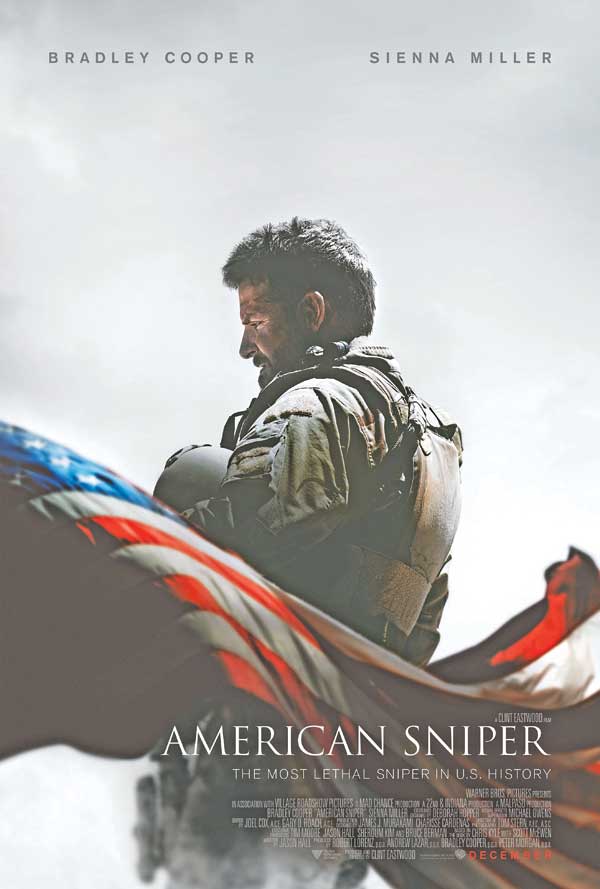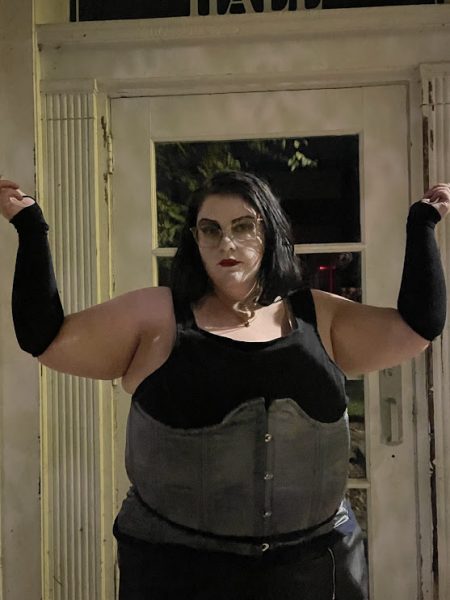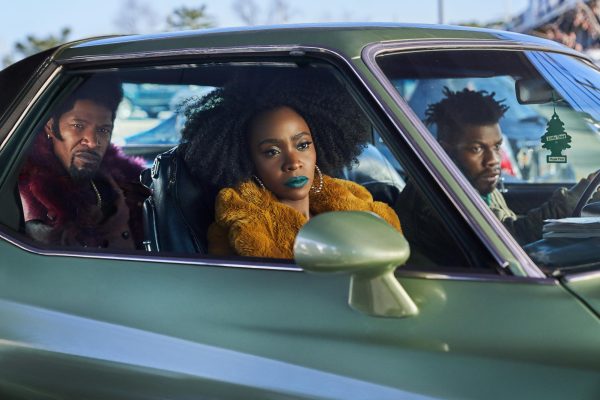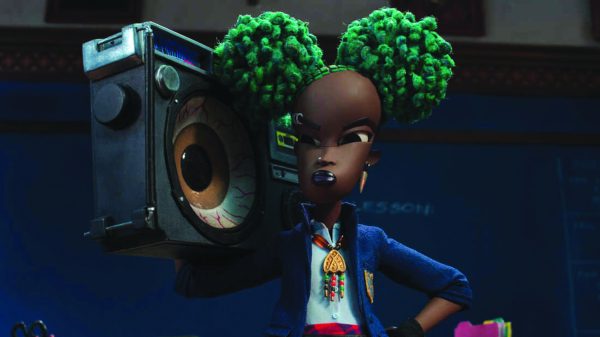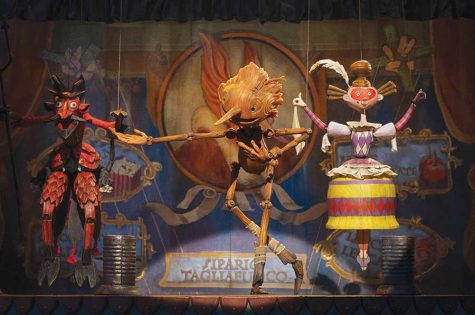Eastwood’s “American Sniper” hits the mark
“American Sniper,” the latest film from Director Clint Eastwood, has been nominated for six Academy Awards, including Best Picture, Best Adapted Screen Play and Best Actor. There’s a reason for these nominations: this is a great film.
With a budget of a mere $60 million this film delivers a gritty, non-glamourous, and realistic look at the devastating effect of war on those that bravely serve our nation.
Visually “American Sniper” has a similar look to other Eastwood films such as “Million Dollar Baby” and “Grand Torino.” This is because Director of Photography Tom Stern has been Eastwood’s cinematographer of choice since working together on the 2002 film “Blood Work.”
The film was penned by Jason Hall (“Paranoia”) and is based on the book written by Chris Kyle, “American Sniper: The Autobiography of the Most Lethal Sniper in U.S. Military History.” I have not read the book so I cannot comment on the liberties that may have been taken in creating the screenplay, but I can say that Hall did a fantastic job capturing the way that American service members relate to one another.
Bradley Cooper (“Silver Linings Playbook”) plays Chris Kyle and the story is an account of his time as a U.S. Navy SEAL. Cooper, who got his start in comedic roles in films such as “Wedding Crashers” and “The Hangover Trilogy,” began transitioning to more dramatic roles starting with “American Hustle.” But it is his performance in “American Sniper” that proves he has the chops needed to be the leading man in a dramatic film.
The film starts out with an M1 Abrams tank, along with approximately a platoon of dismounted Marines patrolling the streets of Iraq. As the sniper assigned to this mission, Kyle is in an overwatch position ready to engage targets that would be out of reach of those on the ground. But just before an impending battle begins, we are whisked to Texas where we are given a brief look into the childhood of Kyle and then a look at his life right before joining the Navy.
Then it’s back to Iraq to finish the pending fire fight from the opening scene. Over the course of the movie, the location switches back and forth between Iraq and Kyle’s home. With every return home we witness the increasing strain the deployments have placed not only on Kyle, but also on his wife Taya, played by Sienna Miller (“G.I. Joe: The Rise of Cobra),” and on their marriage. Miller does a fine job portraying the stressed out military spouse who just wants her husband home, and in one piece. At times Miller’s lines are a bit cliché, but she drives on and delivers a heartfelt performance to the end.
Clocking in with a run time of 132 minutes, the movie is long enough to let the story line fully develop and come to a natural end point. It did not appear that any scenes were rushed along in an effort to shorten the movie.
Eastwood did an excellent job ensuring that the military hardware used was correct for the time periods depicted in the film. Early on in the war, vinyl-sided High Mobility Multi-purpose Wheeled Vehicle or HMMWV (pronounced Humvee) were the best the military could provide for those on the front line. As the war continued the HMMWV was upgraded with a couple of different armor options, and near the end of the war the HMMWV was largely replaced by the Mine-Resistant Ambush Protected vehicle, or MRAP for short. Over the course of the film we also see a change in uniform patterns worn by American Service Members, as well as the implementation of personal protective equipment such as ballistic eye protection, fire resistant gloves and t-shirts. The attention that was paid to the small details adds an immense amount to the realism and accuracy of the film.
Filmed in California and Morocco, Eastwood is able to give the movie goer a feeling of what war- torn Iraq looks like. From the bombed out buildings, to the plywood barracks, to the rubble and trash littering the streets, it is clear that Eastwood did his homework.
Yes, there is a scene where Cooper is holding a doll instead of a real baby, and some may complain that the tactics depicted were incorrect, or that the soldiers were too close together as they moved through the city. But if that’s all you’ve got to complain about, and I cannot think of anything else, then you just watched a pretty good movie.
Time after time, Eastwood has shown us what can be done with a modest budget, quality actors and a bit of skill behind the camera, and “American Sniper” is no different. Is it because of Eastwood’s experience behind the camera that he is able to get more out of his cast than other directors? Or could it be that the actors in his films respect the man and simply try harder to deliver the best performance possible? Whatever the reason, I hope it continues with his next film, provided there is one.
I recommend that film makers such as Nolan, Singer and Bay not only watch this film, but study it. For if they did, they would see what a great film truly looks like.
Jeffrey joined the Basement Medicine staff in the Spring 2015 semester serving as staff writer and photo editor.


